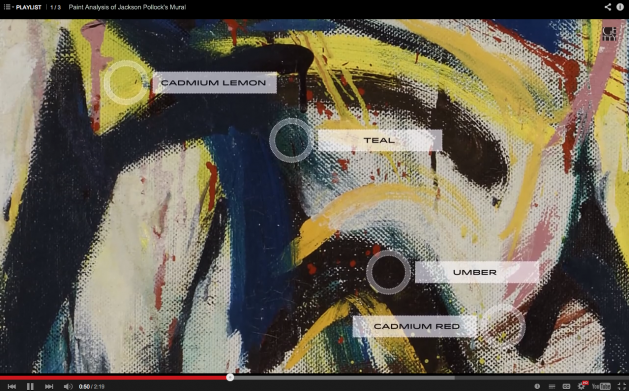
Founded by oil investor J. Paul Getty in 1954 to share his personal art collection, the J. Paul Getty Trust now runs four interconnected institutions that annually serve 1.8 million visitors. Together, the J. Paul Getty Museum, the Getty Conservation Institute, the Getty Foundation, and the Getty Research Institute work to enhance art historical understanding through collection, conservation, research, exhibition, and education. The museum is divided between two campuses – the Getty Villa and the Getty Center. Opened in 1974, the Getty Villa in Malibu connects art and architecture, housing antiquities from Greece, Rome, and Etruria in a complex designed in the image of ancient architecture from the bay of Naples. The Getty Center in Los Angeles, opened in 1997, houses European paintings, drawings, sculpture, illuminated manuscripts, decorative arts, and photographs.
Digital initiatives serve specific Getty programs and connect the institutions’ projects with larger audiences – museum partners, researchers, families, and individuals.
The Getty facilitates free access to projects and resources managed independently and collaboratively by its four institutions. The Getty Search Gateway is a central starting point for exploring collections and archives. Digital Collections provide access to an ever-growing variety of images, manuscripts, artists’ books, and more. The Getty regularly publishes digital books, a number of which are available free in a Virtual Library. The online magazine, The Getty Iris, shares behind the scenes stories as well as articles on art, conservation, and museum practices. The Open Content Program offers almost 115,000 images from Getty collections for free download and use without copyright or permissions restrictions.
Beyond its walls, the Getty actively works to foster collaboration and access to resources for researchers internationally. The Getty Research Portal offers around 100,000 digitized art history texts culled from libraries around the world. Launched in 2009 with funding from the Getty Foundation, Art in Translation gathers international art historical research, translates the work into English, and makes it freely available in an online journal. Getty Vocabularies provide standard terminology for Art and Architecture, Cultural Objects, Geographic Names, and Artist Names. The newest endeavor, a Getty Scholar’s Workspace, provides a virtual platform to ease collaboration between distant researchers and institutions. Supporting the field more broadly, the Getty Foundation’s digital art history funding offers grants to support convenings and experiments with new technology in service to art historical work and publication. Separately, the Online Scholarly Catalogue Initiative, begun in 2009 in collaboration with eight institutions, is coming to fruition with all implementation grants awarded, the first catalogues published, and a 2012 interim report available online.
Digital at the Getty is not limited to scholars and experts. Online GettyGames let youth play while interacting with works in the collection. iPhone and iPad apps range from special exhibits to more general resources while the free in-gallery GettyGuide lets users borrow an iPod touch to explore expert commentaries, collection highlights, multilingual tours, family features, and detailed descriptions for visitors with visual impairments. Select online images let users zoom in and compare artworks up-close. Extensive video libraries share lectures and explore collections and exhibitions, exemplified by the 2014 MUSE award-winning videos for Jackson Pollock’s “Mural.” Special programs further engage visitors, such as Sam Durant’s 2013 What #isamuseum? that invited audiences on-site and online to comment on museum qualities from accessibility to education to politics.


